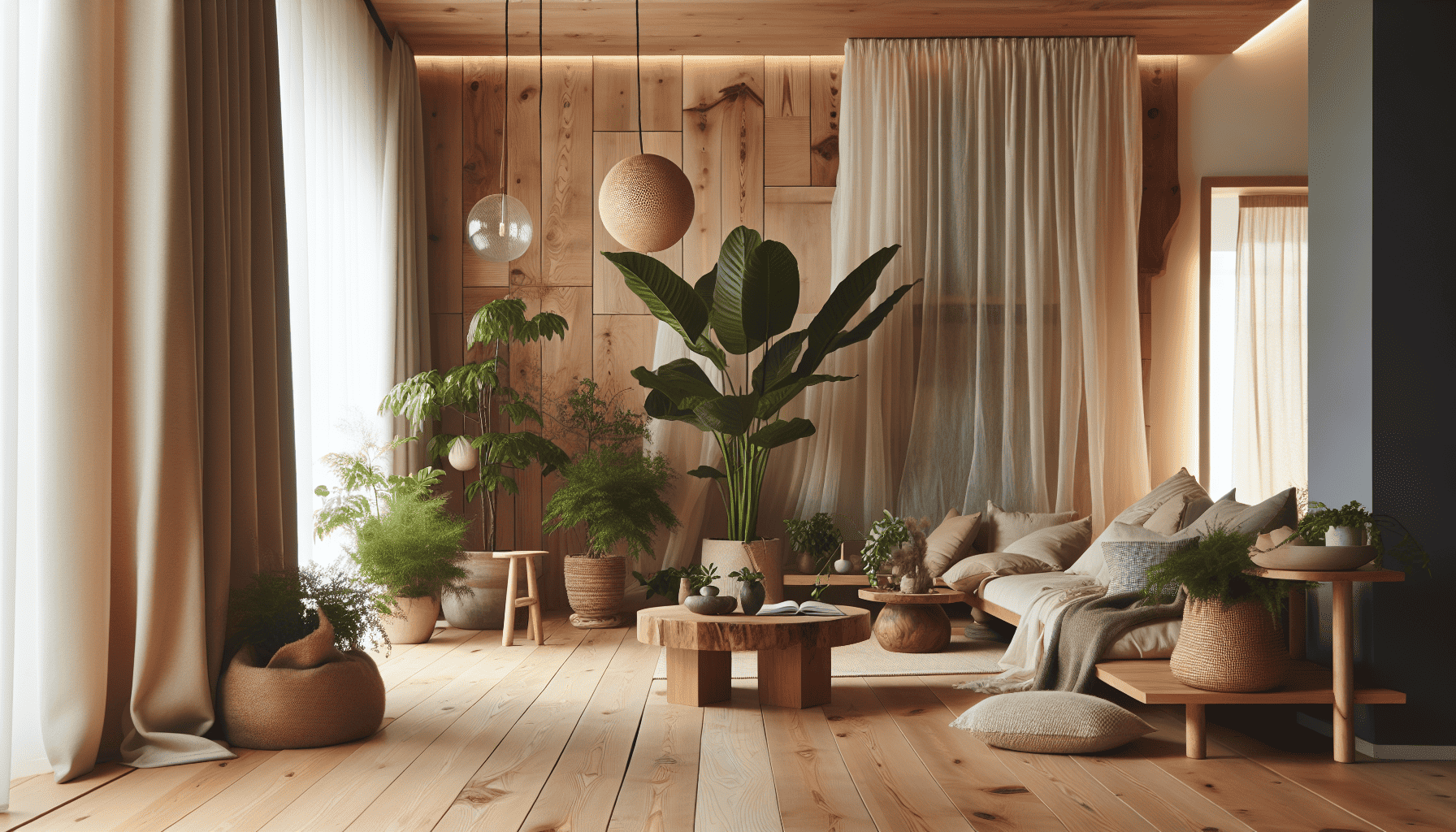Incorporating sustainability into our living spaces is becoming increasingly essential as we strive to reduce our environmental impact and enhance our quality of life. Eco-friendly design is more than just a trend; it is a conscious choice for creating healthier, more sustainable environments where we can thrive. Here’s how embracing nature through eco-friendly design solutions can transform our living spaces.
Sustainable Materials
One of the key elements of eco-friendly design is the use of sustainable materials. This involves selecting materials that are renewable, recyclable, or have a minimal impact on the environment. Bamboo, reclaimed wood, and recycled metal are excellent choices for construction and furnishing. These materials not only reduce waste but also add unique textures and visual appeal to our homes.
Energy Efficiency
Maximizing energy efficiency is crucial for reducing the environmental footprint of any living space. This can be achieved through thoughtful architectural design, such as positioning windows to take advantage of natural light and installing high-performance insulation to maintain comfortable indoor temperatures. Energy-efficient appliances, LED lighting, and solar panels are also effective ways to reduce energy consumption and lower utility bills.
Biophilic Design
Biophilic design connects building inhabitants with nature, contributing to both physical and mental well-being. This design philosophy integrates natural elements such as indoor plants, natural lighting, and water features into living spaces, creating a calming and restorative environment. Indoor gardens and green walls not only enhance air quality but also offer aesthetic pleasures, making spaces feel alive and dynamic.
Water Conservation
Incorporating water-saving technologies is another crucial aspect of eco-friendly design. Low-flow fixtures, rainwater harvesting systems, and greywater recycling can significantly reduce water use and enhance sustainability. Landscaping with native plants that require minimal irrigation further decreases water consumption while supporting local ecosystems.
Flexible and Multifunctional Spaces
Designing flexible and multifunctional spaces can help maximize the utility of a home, reducing the need for additional construction and resource use. Moveable walls, modular furniture, and convertible rooms can adapt to changing needs, making spaces more versatile and longer-lasting. This adaptability is not only efficient but can also inspire creativity in how we use and enjoy our homes.
Health and Well-being
Eco-friendly design prioritizes the health and well-being of its occupants by reducing exposure to toxic materials and improving indoor air quality. Selecting paints, finishes, and furnishings free from volatile organic compounds (VOCs) and formaldehyde can help create a healthier indoor environment. Moreover, adequate ventilation and air purification systems are vital to maintaining fresh and clean air.
Community and Connectivity
Sustainable design extends beyond individual homes to include community-focused planning. Walkable neighborhoods, shared green spaces, and community gardens foster connectivity and encourage a sustainable lifestyle. Such designs promote social interaction, reduce reliance on cars, and make it easier for residents to adopt and maintain eco-friendly habits.
In conclusion, eco-friendly design is a holistic approach to creating spaces that are both functional and harmonious with nature. By choosing sustainable materials, enhancing energy efficiency, implementing biophilic design, conserving water, and ensuring health and well-being, we can create living spaces that not only benefit the environment but also elevate our quality of life. Embracing these principles is a step towards a healthier, more sustainable future for ourselves and generations to come.
